The people who know best are usually those in the field themselves. We asked five podcasters to share their experiences with mics.
Recently, we’ve had more than a few posts about microphones, from explaining what all the different stats mean to the difference between condensers and dynamics. But sometimes that’s not enough. Sometimes it’s best to hear what peers and colleagues are using, to get their experience and recommendations. That’s why we decided to ask five relatively new podcasters to see they chose to use and why. Maybe they regret their decisions and prefer a different mic, having to rely on some tricks to get the sound they want, or maybe they got the right mic the first time around. Read their answers below:
1. Stuck In My Mind
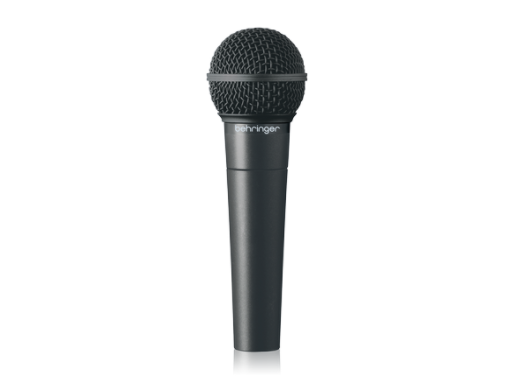
Wilfredo uses the Behringer XM8500
Wilfredo Otero has been hosting the Stuck in My Mind Podcast since April 2020, featuring regular people talking about everyday topics and inspiring stories, focusing on transformation in their lives for the better.
“I use the Behringer XM8500 because it came with the podcasting studio I purchased. I’m just starting out so don’t really have a dream mic. I do know my dream mixer is the RODEcaster PRO. I record from home in my spare bedroom that I’m converting into a home studio. You don’t have to spend a ridiculous amount on a mic, there are some really good mics for under $100.”
Find him on Instagram here, Facebook here, and Twitter here.
2. In Progress…
Taaureane Paquette is a strong believer in connecting people and her podcast, In Progress, seeks to bring the best out in people.
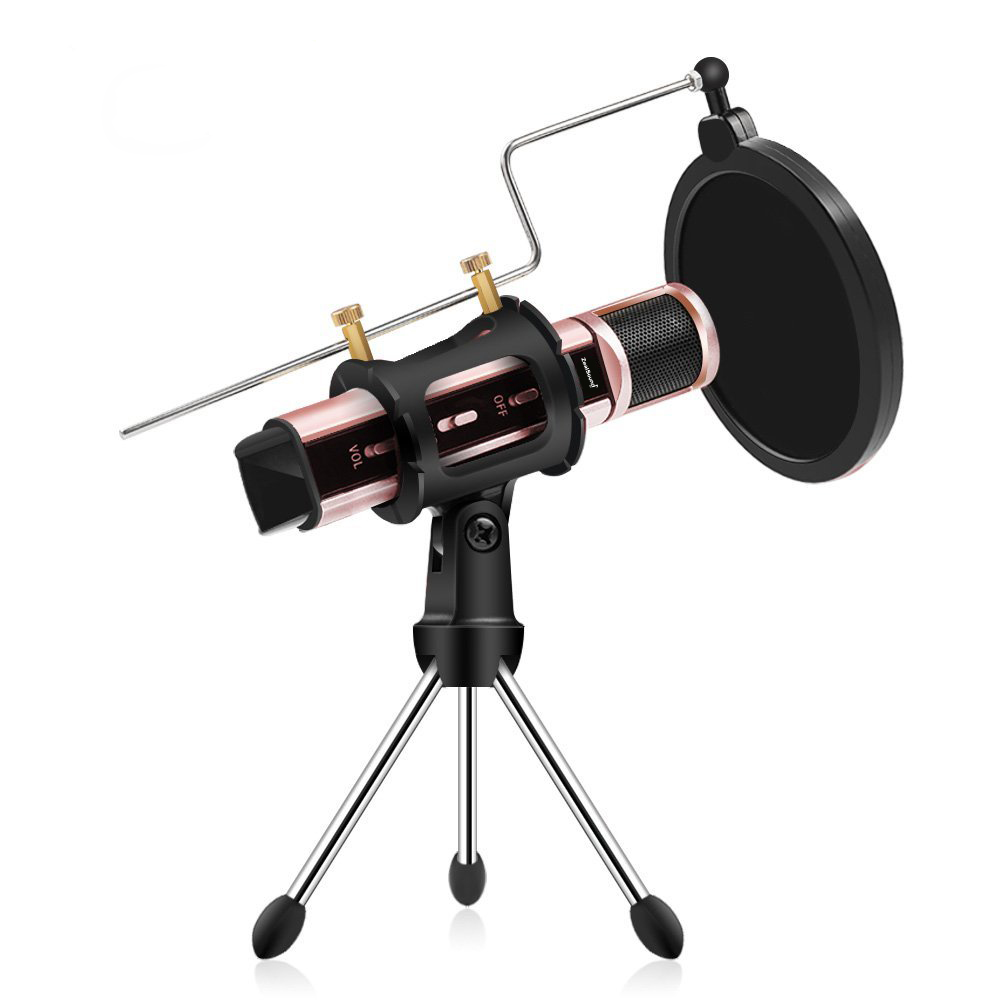
This condenser mic from ZealSound can be found on Taury’s desk
“I use the ZealSound Studio Microphone. I purchased it because I felt it was the best fit for me. It was cost effective for someone just starting out. My dream mic is the Blue Yeti, because it has all the bells and whistles needed to sound like a professional. It’s something that I’m working towards. I usually record from home, either my office or kitchen and I find that sadly there is too much noise in both, but I work around it. I try to record either early in the morning or late at night and edit from that point before posting.
“The tips I would give are, make sure you can hear yourself and can connect your headphones. You have to think about how you will sound to your audience. Secondly make sure you are comfortable with it, start out with a price point, don’t go all out right away (unless you can). Focus more on how your show will flow.”
Find and follow Taaureane on Instagram here and Facebook here.
3. Drive With Us
Maryland sisters Taranjit and Bhavneet co-host the Drive With Us podcast. Each week, they bring on a new guest and talk about the crazy experiences they’ve had on the road and how they’ve become the driver they are today. They’ve been podcasting since 2019, with their second season having started on September 3rd. Check out their website (www.drivewithuspodcast.com) if you’d like to share your own driving stories with them.
“Podcasting is not just about having unique content, but it is also about making sure you have great sound quality. Poor sound quality is usually a big turn off for listeners and may be the reason your show is not doing so well despite the fact you have such a great podcast topic. And trust me, we learned this the hard way. After so much research and reading lots and lots of reviews, in December 2018, we decided to just go for it and buy a microphone so we could stop waiting for the right moment to start a podcast. Because there will never be a right time. You just have to jump in and learn along the way.
“Podcasting is not just about having unique content, but it is also about making sure you have great sound quality.”
-Taranjit from Drive With Us
“We ended up going with the Blue Yeti. A lot of reviews mentioned how great this microphone was and that you can get studio quality sound. Reading studio quality sound is what attracted our attention, but they left out one small detail which we learned after we started podcasting. And that was that the Blue Yeti gives you studio quality sound if you are in a studio setting. It is not the best microphone if you plan on recording from home or with two hosts in the same room so close to one another because we would hear the echo and it would pick up each other’s voices. Which is exactly what we are currently doing: recording from home.
“But, if you have the Blue Yeti, don’t get discouraged and go out and buy another microphone. You can make it work, trust me. It just takes some messing with different settings and setups in your home. I truly can’t believe how long we went before we experimented with different settings.
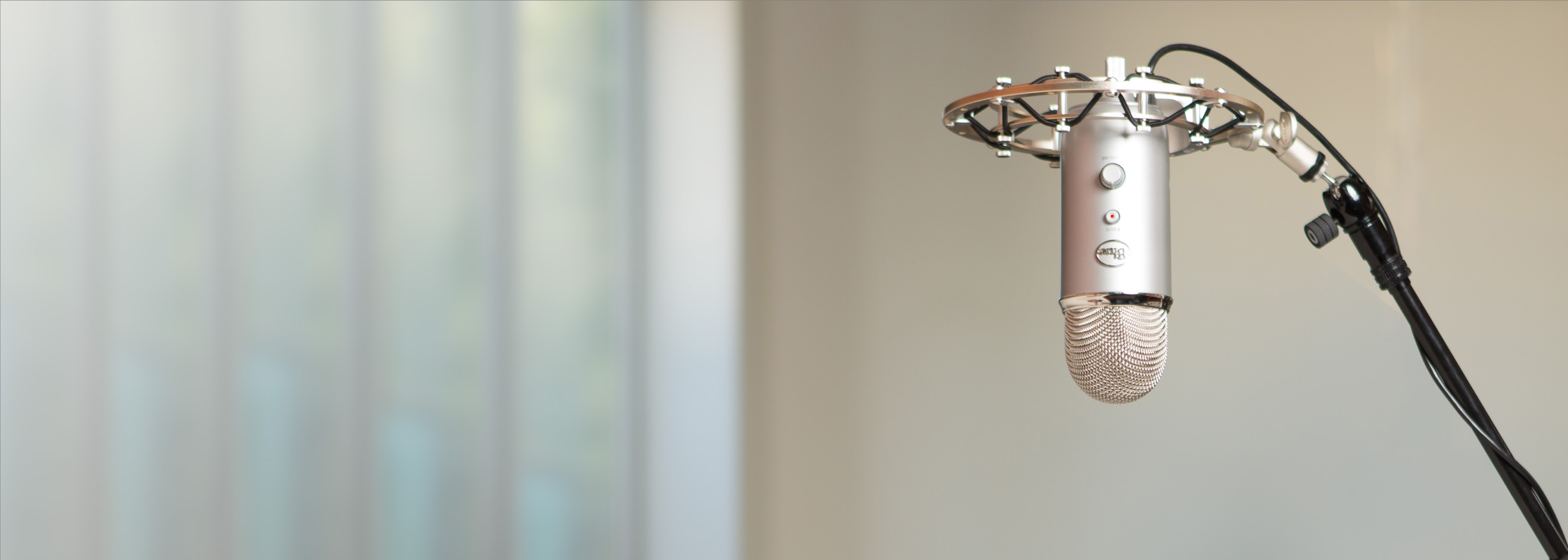
Taranjit and Bhavneet manage using the Blue Yeti for their show
“Although we have managed to make the Blue Yeti work for now, if money was not a problem, we would love to invest in the Shure SM7B. This is the microphone that I see a lot of big podcasters use and the best part is it is a dynamic microphone (not a condenser like the Blue Yeti). Which is perfect for at home recording. This would make our lives so much easier.
“Currently, with the Blue Yeti, we have to turn the gain all the way down, sit on the floor, hunched over, and really close to the microphone to get the best sound. Not the most comfortable recording position, but we sound better. The dynamic microphone would help with making recording more comfortable without picking up all the background noise (and car traffic noise from the busy street right outside our house).
“As we do record from home, you truly do have to experiment in different locations with different settings. Because what may work for one person may not always work for you. Which is exactly what we experienced.
“A lot of at home podcasters have mentioned they get the best sound when they sit in a closet or a room that is not as open. We tried that and our sound was worse! Can you believe that? We tried every single bedroom in our house, tried the dining room, and even the closets. And we found that sitting on the floor of the master bedroom with a bed on one side and a computer desk on the other works the best for our situation. And yes, we have to sit on the floor for our hour plus recordings, which can be uncomfortable, but you have to do what you gotta do.
“I sure hope this did not discourage many of you to start a podcast or make you think you have to go out and spend lots of money on fancy equipment because that is not the case. You can truly make do with what you have. My advice is to buy an affordable starter microphone, preferably a dynamic microphone if recording from home. Take time to mess with the settings on your microphone and record in different locations to determine what works best for you. And don’t be afraid to ask for help.
“There are a lot of podcasting support groups out there where you can learn, share, and vent. You are not alone, and feel free to reach out to us. We love helping out fellow podcasters.”
Find Taranjit and Bhavneet on Instagram here, Twitter here, and Facebook here.
4. Thoughts of an Average Joe
Podcasting for over a year, Taroy Jackson’s Thoughts of an Average Joe covers relationships, friendships, and topics within the Black community.
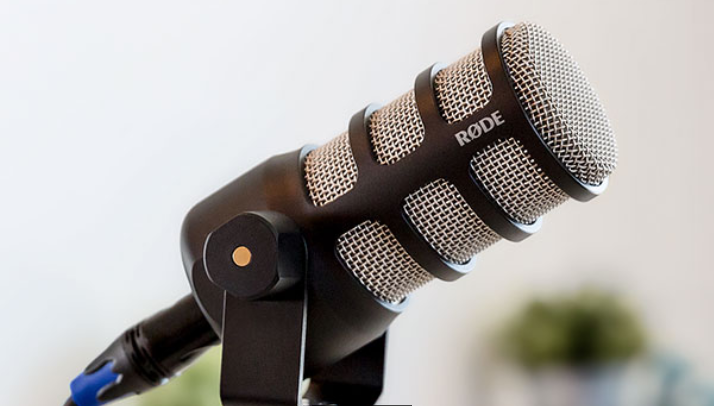
Taroy uses the PodMic from Rode for his production
“I use the Rode podcast mic because I have the Rodecaster Pro, before I was using the Blue Yeti mic. My dream mic would be the Rode Procaster because it’s a step up from the pod mic. I usually record from home or at my friend’s church and it’s normally quiet in the house so it’s not really loud but I want to step it up. Mic tips for beginners I would say find a mic that can give you a good quality early on and then upgrade when you have the money; don’t go broke all at once.”
Follow him on Facebook here, Twitter here, and Instagram here.
5. Some Of All Fears
Comedian Ryan Perrios’s Some Of All Fears keeps people’s fears on the light-hearted side: “As a kid I was made fun of for being afraid of various things, and I learned later when I became a comic, it was nice to kind of talk about and accept that I am afraid of certain things.”
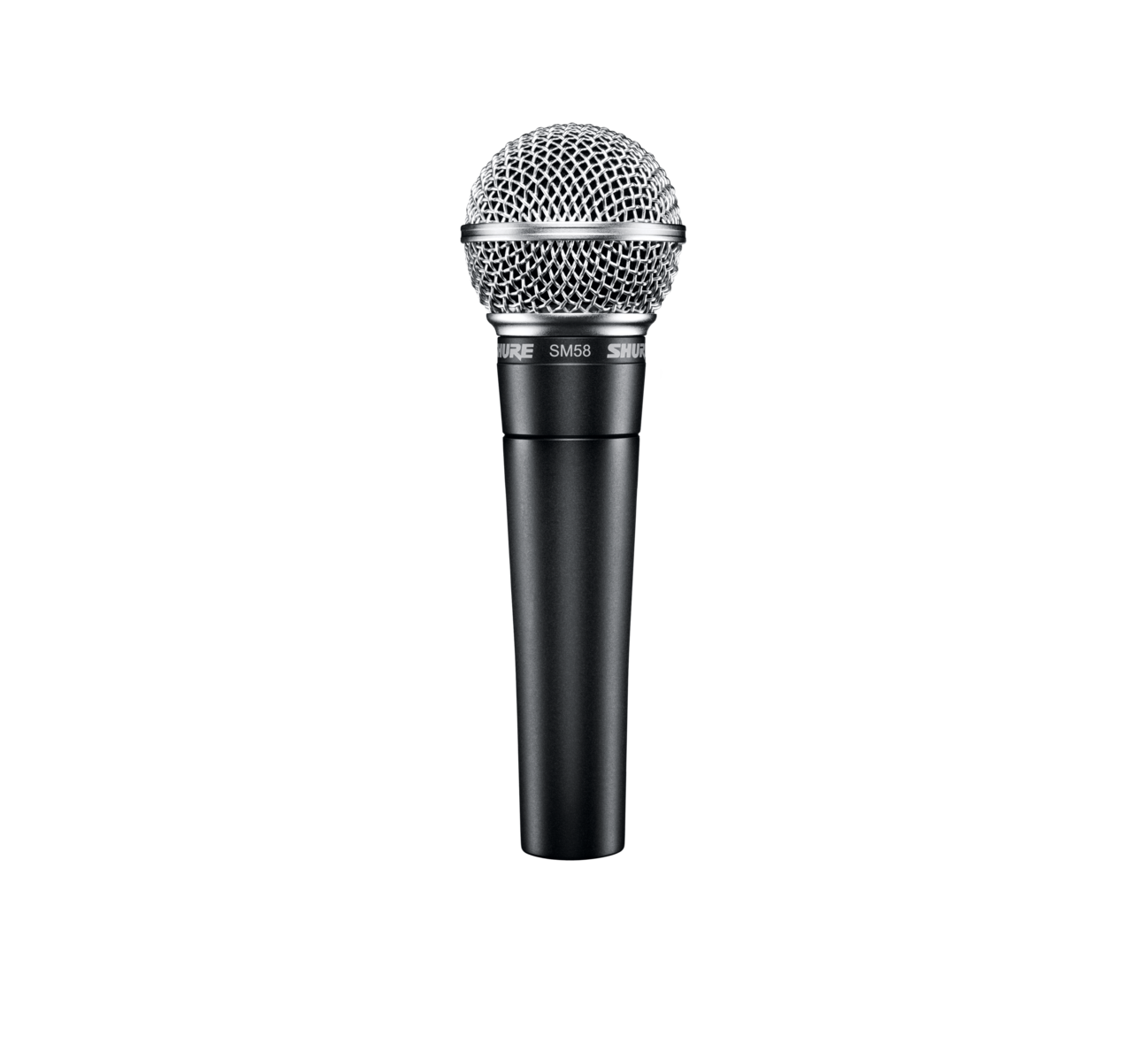
Ryan loves Shure’s SM58
“So a little about me and my gear choices, I am a standup comic in the Dallas Ft Worth Area so before I even dreamed of starting this podcast I was running an open mic in a bar and they had a Shure SM58 that I dropped and broke. I replaced the mic with a new (used) one I got from Guitar Center. After getting the new mic I saw the owner was going to throw the broken one away, and I asked if I could have it, and I brought it home and taped it and for about 8 years I would use it as a prop mic when I was working on bits at home.
“Fast forward to about this time last year I decided I was gonna do a podcast and so I learned that the base part was broken, the mic still worked perfectly. So as a comic I love the SM58 because I know where to hold it to get great sound, not to mention as a comic I tended to be more mobile than a stay at home podcaster. I can take 2 SM58s with my Zoom H5 and some batteries and record interviews virtually anywhere.
“The Shure SM58 is my dream mic because in the current pandemic some shows require separate mics for safety so I can just bring one of my SM58s. Due to the Pandemic I record in my apt with either a zoom meeting or in person at my table with the AC off and tv muted or off.
“You asked about mic tips, I dunno if I have any for podcasting, I am new and most of my mic technique comes from years of standup. I always keep it close and try to be slow and clear. With podcasting you can make an hour interview an hour and fifteen minutes and then edit it to be a little tighter, so try and go slow and think about your words instead of going at a quicker pace where you may have “ums” and “likes” permeating your conversation.”
Find Ryan on Facebook here, Instagram here, and Twitter here.
A Personal Choice
As you see above, choosing a mic is a personal choice. One dream mic for one is another podcaster’s nightmare. While the Blue Yeti hasn’t been a miracle solution for Taranjit and her sister, it very well could be for Taaureane. That’s why it’s important to know how mics work and what your individual circumstances are. Keeping casting and follow us on Facebook here, Instagram here, and Twitter here.







